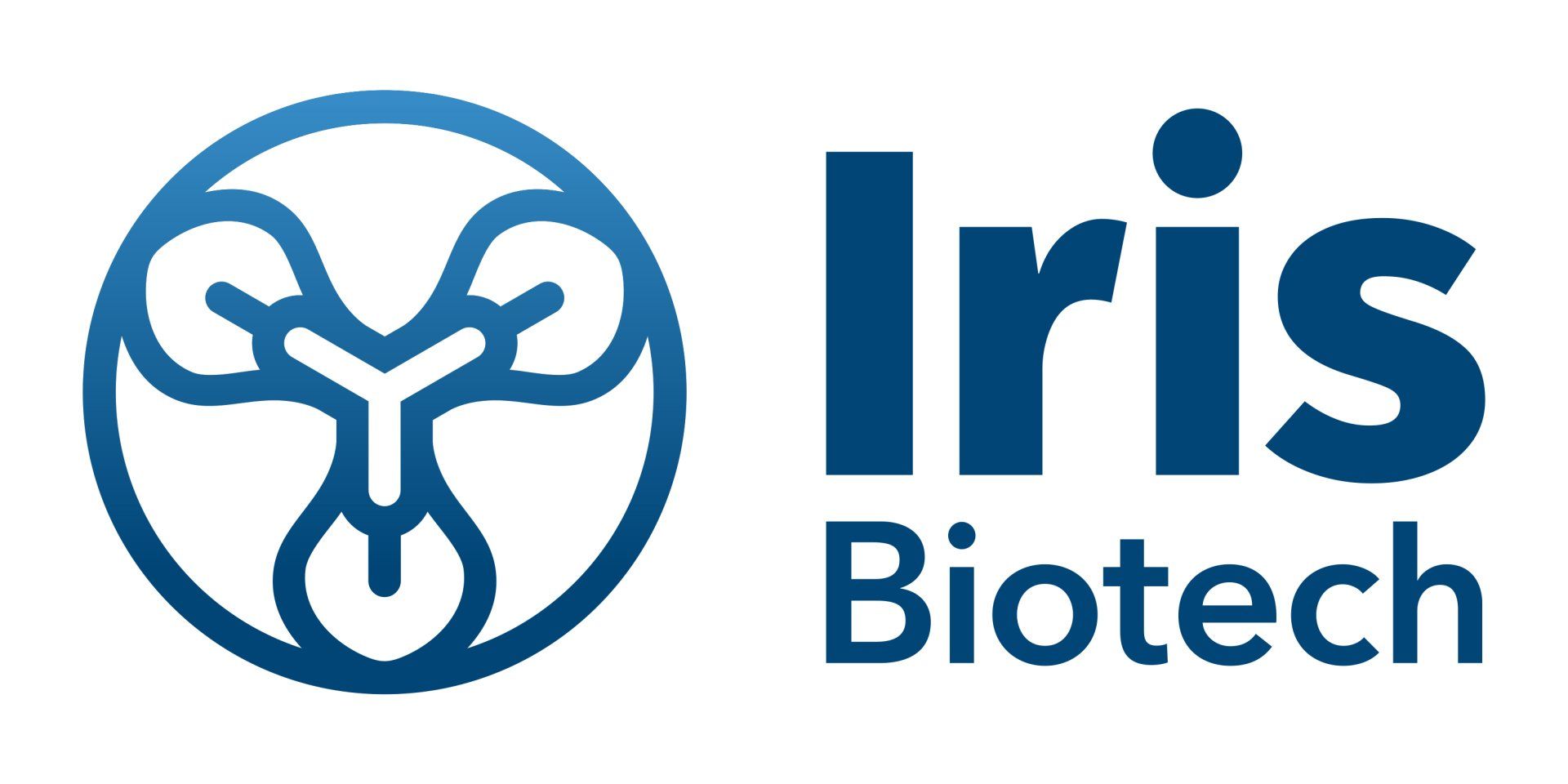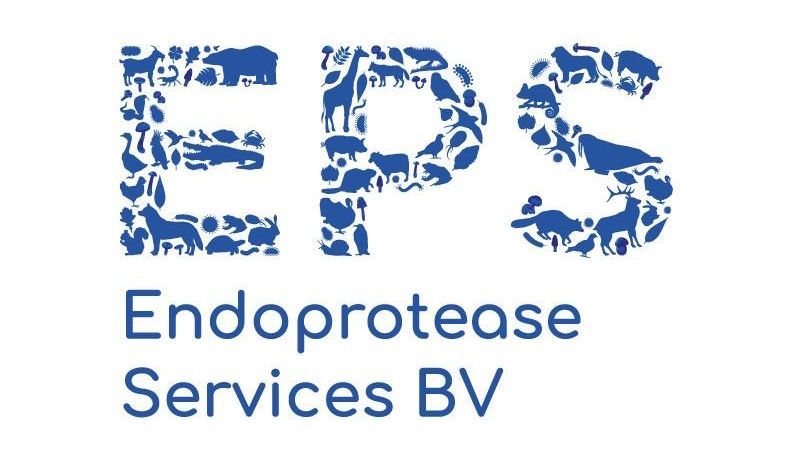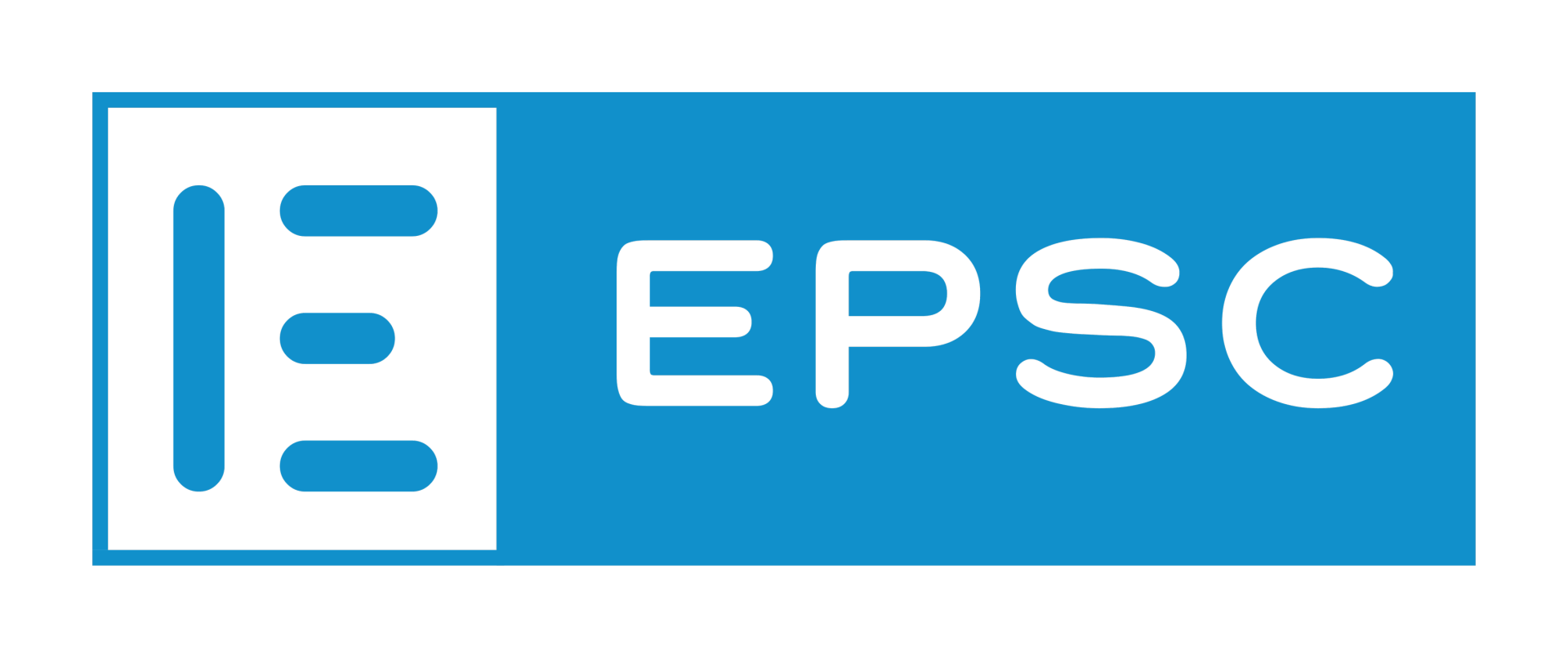
Slide title
Write your caption hereButton
Slide title
Write your caption hereButton
Slide title
Write your caption hereButton
Slide title
Write your caption hereButton

Slide title
Write your caption hereButton
Slide title
Write your caption hereButton
Slide title
Write your caption hereButton
Slide title
Write your caption hereButton

Slide title
Write your caption hereButton
Slide title
Write your caption hereButton
Slide title
Write your caption hereButton
Slide title
Write your caption hereButton

Andy Wilson
Professor
University of Leeds
UK
Andy received a BSc (Hons) 1st class at The University of Manchester Institute of Science and Technology (UMIST) in 1997 and then undertook his PhD in synthetic chemistry with Professor David A. Leigh FRS on ‘The Controlled Synthesis of Interlocked Architectures’, firstly at UMIST then at The University of Warwick, where he graduated in 2001.
He started post-doctoral research at Yale University (USA) with Professor Andrew D. Hamilton FRS on the topic of protein surface recognition, followed by further postdoctoral research with Professors E. W. (Bert) Meijer and Rint P. Sijbesma at Eindhoven University of Technology (The Netherlands) on the topic of supramolecular polymers.
In 2004 he took up his first independent academic position as a Research Lecturer at The University of Leeds, where he is now Deputy Director of the Astbury Centre for Structural Molecular Biology. Andy is also co-director of PPI-Net and served as a working group leader in the EU-COST action on Foldamers
L14 - Modulation of Protein-Protein Interactions Employing Intrinsically Disordered Motifs: A Chemical Biology Approach
Protein-protein interactions (PPIs) regulate virtually all cellular signalling processes thus developing methods to modulate PPIs represents a significant challenge of immense biochemical and medical importance.1 However, methods to target intracellular (PPIs) using synthetic molecules are not well established.2 A significant proportion of PPIs involve short motifs that undergo a disorder-order transition on interaction with target proteins, providing ideal templates for modulator design.3 This presentation will discuss the development of enabling methods to characterise PPIs and design peptide and peptidomimetic based inhibitors, focussing on α-helix mediated, β-strand mediated and other classes of interactions. A suite of approaches will be described that rely on the use of experimentally validated computational predication of hot-spot residues;4 these are used as to inform design of inhibitors, for instance based on grafting key residues onto the solvent exposed faces of coiled-coils,5 or to inform the development of constrained peptides6 and pre-organisation by backbone modification; in the later case, backbone modification restricts accessible conformations resulting in an increase in kon rates toward target proteins. Alongside these efforts, the use of dynamic ligation screening to replace segments of interfacial peptides, piece by piece will be described7
References
1. J. Blagg and P. Workman, Cancer Cell, 2017, 32, 9-25.
2. M. R. Arkin, Y. Tang and J. A. Wells, Chem. Biol., 2014, 21, 1102-1114.
3. P. Tompa, Norman E. Davey, Toby J. Gibson and M. M. Babu, Mol. Cell, 2014, 55, 161-169.
4. A. A. Ibarra, G. J. Bartlett, Z. Hegedüs, S. Dutt, F. Hobor, K. A. Horner, K. Hetherington, K. Spence, A. Nelson, T. A. Edwards, D. N. Woolfson, R. B. Sessions and A. J. Wilson, ACS Chem. Biol., 2019, 14, 2252-2263.
5. J. M. Fletcher, K. A. Horner, G. J. Bartlett, G. G. Rhys, A. J. Wilson and D. N. Woolfson, Chem. Sci., 2018, 9, 7656-7665.
6. C. M. Grison, G. M. Burslem, J. A. Miles, L. K. A. Pilsl, D. J. Yeo, Z. Imani, S. L. Warriner, M. E. Webb and A. J. Wilson, Chem. Sci., 2017, 8, 5166-5171.
7. Z. Hegedüs, F. Hóbor, D. K. Shoemark, S. Celis, L.-Y. Lian, C. H. Trinh, R. B. Sessions, T. A. Edwards and A. J. Wilson, Chem. Sci., 2021, 12, 2286-2293.
